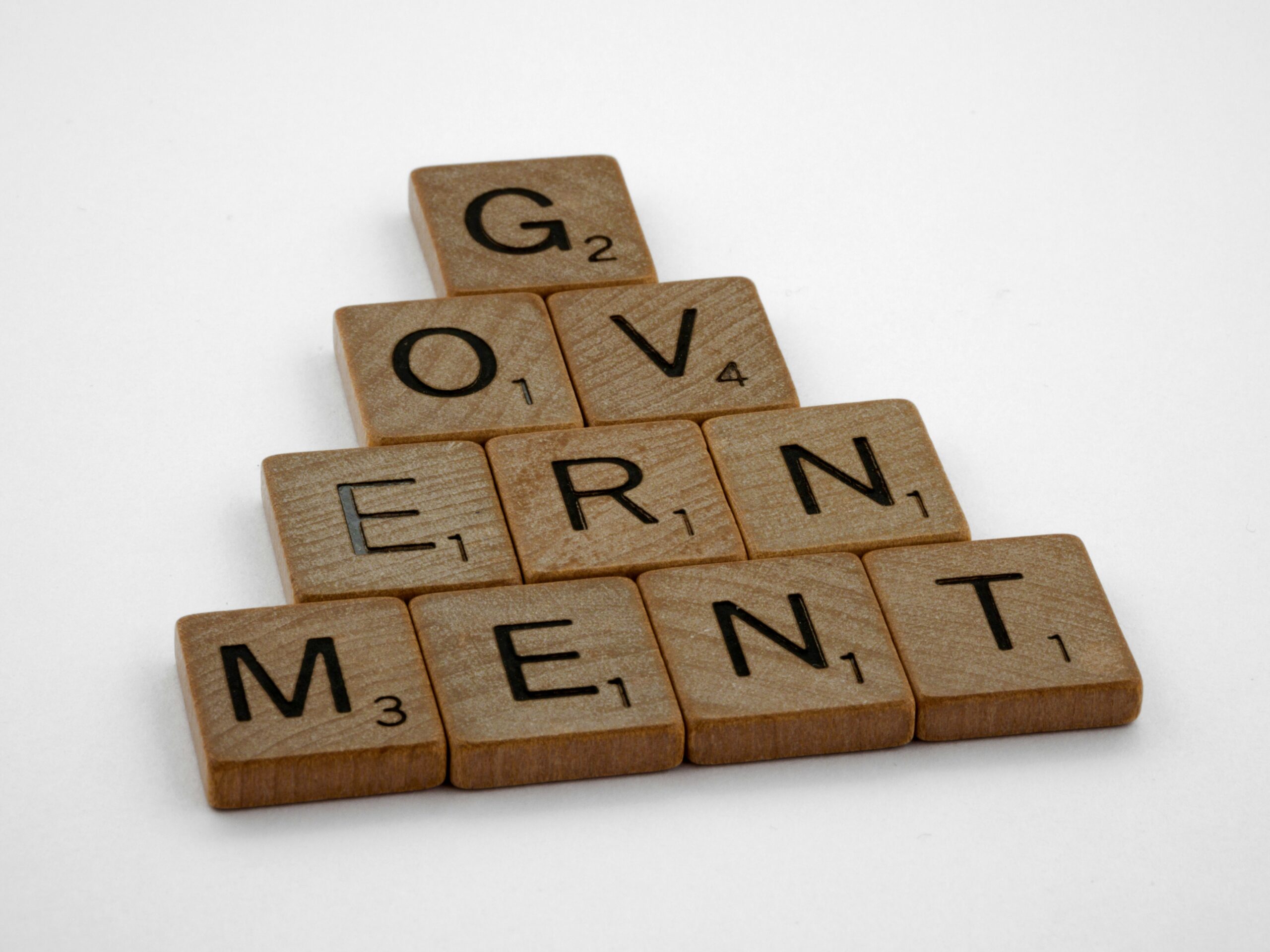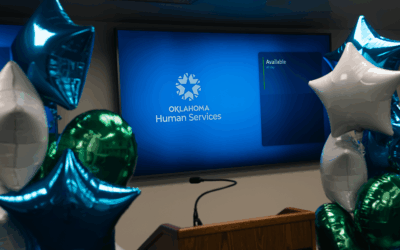Optimizing State Workforce Agencies in an Uncertain Economy
One of the key indicators of a nation’s economic health is its unemployment rate. As the economy naturally ebbs and flows, the demand for essential public services – including unemployment benefits – rises and falls in direct correlation. It’s no surprise that when the unemployment rate increases, the need for unemployment insurance (UI) follows suit. Substantial increases in demand during an economic downturn can put considerable pressure on state workforce agencies designed to provide timely support. Fortunately, by taking proactive steps, state agencies can optimize UI delivery and ensure they’re equipped to handle future challenges. The unemployment insurance team at Change & Innovation Agency (C!A®) shares some strategies below to help agencies prepare to adapt to whatever the economy brings.
The Current Economic Landscape
First, let’s consider the current economic conditions in the United States. In the summer of 2024, the national unemployment rate rose above 4.0% for the first time since January 2022, signaling a shift as the U.S. economy began to recover from economic disruptions caused by the COVID-19 pandemic. To put this in perspective, the unemployment rate spiked to 14.8%in April 2020, during the height of the pandemic.
By early 2025, the unemployment rate was holding steady at just above 4.0%, but the job reports revealed a fluctuating pattern of job creation. In February, total nonfarm payroll employment increased by 151,000, lower than the average monthly gain of 168,000 over the prior 12 months. However, in March nonfarm job growth was 228,000, surpassing expectations. While job growth remains positive, it’s clear that uncertainty persists in the U.S. labor market.
Labor Force Statistics

Monthly unemployment rates from January 2019–March 2025. (Source: U.S. Bureau of Labor Statistics)
Given the fluctuating nature of the economy – along with current concerns over tariffs, volatility in the stock market, and other economic shifts – there may be periods of economic contraction ahead. While no one can predict the exact timing of the next downturn, it’s not a matter of “if,” but rather “when,” as recessions are considered a normal part of the economic cycle. With this in mind, it’s important for state workforce agencies to begin preparing to manage a potential increase in unemployment claims. The good news? There are proactive steps agencies can take to stay ahead of the curve and maintain strong, responsive systems for those in need.
Preparing Workforce Agencies for Economic Shifts
So, what can state workforce agencies do to ensure they’re ready to deliver unemployment benefits efficiently during an economic downturn, whenever it may occur? The unemployment experts at C!A have outlined some strategies to help agencies optimize their operations and stay agile in the face of change.
- Assess the Capacity of Existing Staff and Resources. One of the first steps in preparing for an economic downturn is understanding the current capacity of your workforce and the resources available to handle a surge in claims. How many trained staff members are available to process claims, and how quickly can they scale to accommodate an increase in workload? It’s important to assess whether additional training or resources are needed to ensure that existing staff can handle an uptick in demand without sacrificing efficiency or service quality. By investing in staff development and training, agencies can improve responsiveness and create a more adaptable workforce.
- Analyze Business Processes for Operational Bottlenecks. A thorough review of your agency’s current business processes is essential to identifying areas where inefficiencies or bottlenecks may exist. Are there legacy processes in place that slow down workflow or prevent your team from responding quickly to changes in demand? Streamlining and modernizing these processes is crucial to ensuring that your agency can maintain a high level of performance, even in the face of a growing workload. This can include automating routine tasks and eliminating steps that are redundant or add little value.
- Implement Technology Solutions Strategically. Once business processes have been optimized, it’s time to evaluate which technology solutions can improve performance. However, it’s essential to approach technology adoption strategically. Introducing automation or new software tools can be highly effective, but only if the underlying processes are sound. Automating a broken or inefficient process will only amplify existing problems and waste valuable time and resources. Before integrating new technology, focus on fixing any inefficiencies in your processes, then explore solutions that can enhance overall performance and scalability.For agencies that have already invested in modernizing their technology, business process redesign (BPR) can ensure those tools are being used to their fullest potential. Revisiting workflows with a fresh perspective can reveal opportunities to better align technology with evolving operational needs, eliminate redundancies, and unlock new efficiencies. With the right approach, technology can help streamline operations and increase agency responsiveness, creating a more agile system in the long run.
- Plan for Flexibility and Scalability. Economic uncertainty demands flexibility. Workforce agencies should prepare for potential increases in claims by ensuring their systems and processes can scale quickly. This might involve creating contingency plans to bring in temporary staff, expanding virtual service offerings, or developing partnerships with third-party vendors who can assist in processing claims during high-demand periods. Cross-training employees across different functions is another constructive strategy – it allows staff to shift roles and provide support where it’s needed most, reducing bottlenecks and maintaining service continuity during surges. Flexibility is key to making sure your agency can respond rapidly to unforeseen changes in the job market.
- Communicate Transparently with the Public. In times of economic strain, clear and timely communication with the public is essential. As unemployment rates rise, people will naturally have many questions about the claims process, eligibility criteria, and when they can expect to receive benefits. By proactively updating your website, social media channels, and contact centers, you can help manage expectations and reduce confusion among those seeking assistance. Transparency builds trust and confidence, making it easier for people to navigate the system when they need help.
Strengthening the Safety Net
We understand that preparing for potential economic challenges can be daunting. But at C!A, we also see it as an opportunity to strengthen the systems that support millions of workers during difficult times. With thoughtful planning and a commitment to continuous improvement, state workforce agencies can ensure they’re ready to meet the needs of claimants. By optimizing internal processes, leveraging technology effectively, and fostering a culture of adaptability, agencies will be better positioned to provide benefits when they’re most needed. With the right preparation, we can weather economic downturns and continue to support our communities, no matter what challenges lie ahead.







